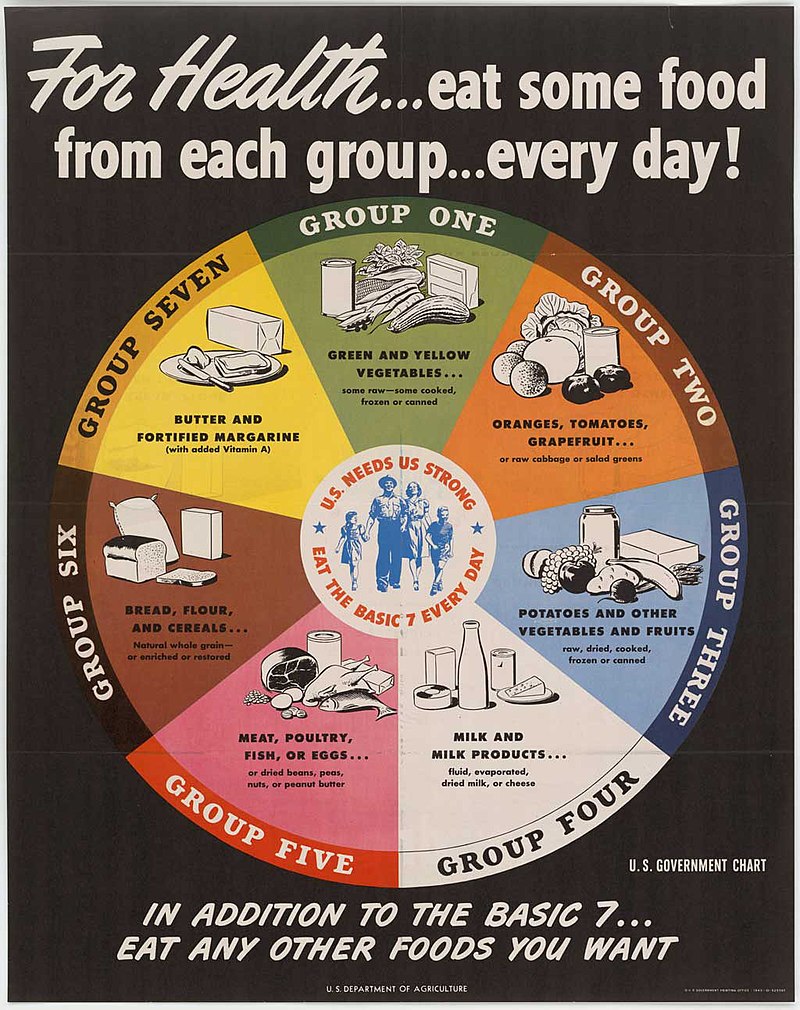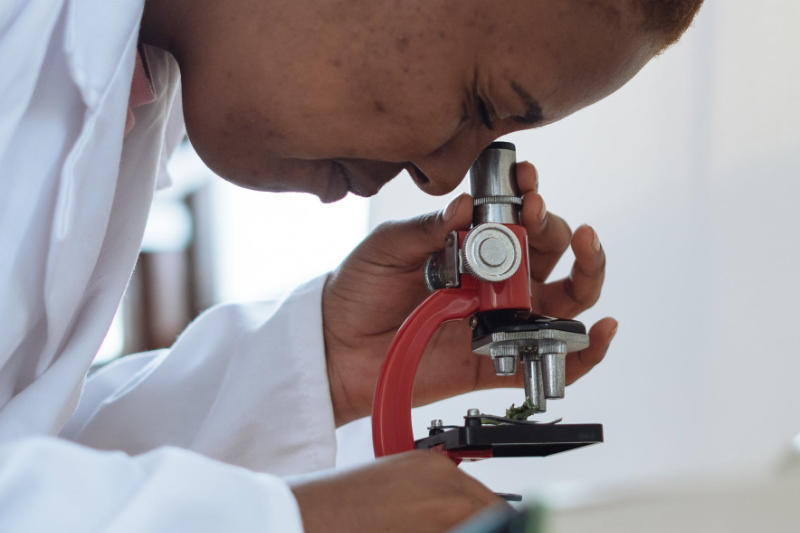Conclusion: Why the Failed Recommendations
To conclude the segment, we can try to list some of the reasons why we still stick with these failing recommendations.
Lack of Incentives
One of the biggest reasons is probably economic. There is no profit in developing public recommendations, and, with no incentives or motivation for innovation as well as ever-limited budgets, I wouldn't expect much from the committee that works on the official guidelines.
That's probably why we haven't seen much change since 1995.
| 1995* | 2018** |
|---|---|
|
To promote and maintain health, all healthy adults aged 18 to 65 yr need moderate-intensity aerobic (endurance) physical activity for a minimum of 30 min on five days each week or vigorous-intensity aerobic physical activity for a minimum of 20 min on three days each week. [I (A)] Combinations of moderate- and vigorous-intensity activity can be performed to meet this recommendation. |
For substantial health benefits, adults should do at least 150 minutes (2 hours and 30 minutes) to 300 minutes (5 hours) a week of moderate-intensity, or 75 minutes (1 hour and 15 minutes) to 150 minutes (2 hours and 30 minutes) a week of vigorous-intensity aerobic physical activity, or an equivalent combination of moderate- and vigorous-intensity aerobic activity. Preferably, aerobic activity should be spread throughout the week. |
| ... | ... |
|
[I (B)] Vigorous-intensity activity is exemplified by jogging, and causes rapid breathing and a substantial increase in heart rate. In addition, every adult should perform activities that maintain or increase muscular strength and endurance a minimum of two days each week. [IIa (A)] Because of the dose-response relation between physical activity and health, persons who wish to further improve their personal fitness, reduce their risk for chronic diseases and disabilities or prevent unhealthy weight gain may benefit by exceeding the minimum recommended amounts of physical activity. [I (A)] |
Additional health benefits are gained by engaging in physical activity beyond the equivalent of 300 minutes (5 hours) of moderate-intensity physical activity a week. Adults should also do muscle-strengthening activities of moderate or greater intensity and that involve all major muscle groups on 2 or more days a week, as these activities provide additional health benefits. |
A New (Immature) Initiative
On the other hand, it is a relatively new initiative compared to, let's say, the USDA Food Guide. It only took them 100 years to come up with the “MyPlate” patterns for balanced nutrition, an approach which, I believe, is still far from being ideal or even meaningful.
If you have a minute, take a look at A Brief History of USDA Food Guides: https://en.wikipedia.org/wiki/History_of_USDA_nutrition_guides.

In the end, they decided to use patterns rather than concrete recommendations; it is my assumption that this was done to avoid taking much responsibility for another set of failed recommendations. How different, do you think, the official guidelines for physical activity will be in the future?
Misinterpretation of Context and Evidence
We tend to concentrate on the obvious and miss the important stuff, which can often lurk between the lines. I'm sure most of the recommendations for physical activity were initially based on the data gathered among active people, such as athletes. In such a case, it's easy to deduce that physical activity leads to healthy patterns.
What we may have missed, however, is that athletes don’t just exercise a lot, they also sit less. Another point that's easy to miss is that, in order to be an athlete, one must initially possess many superior physical traits that set them apart from most of us. Perhaps comparing them to people who sit from 9 to 5 is not the right approach to figuring things out. They simply live in a different context.
Micro-Focus

We often expect to find our answer in one little thing – one tip or trick. Therefore, we tend to exaggerate the importance of certain facts, coming to the wrong conclusions or tending to choose strategies that are not as effective as we believe them to be. As we are about to find out, our answers lie in many places. To understand the problem and find the solution, we have to step back and open ourselves up to the bigger picture.
In the next section, we will examine what happens when we sit, as well as what happens when we move. This will help us understand the real issues that we face and why conventional approaches may fail to address them, as well as how to optimally counteract the harmful impact of the modern sedentary lifestyle with practical and effective recommendations and solutions.
* National Guidelines on Physical Activity and Public Health by The American College of Sports Medicine and the Centers for Disease Control and Prevention, 1995.
** Official Physical Activity Guidelines for Americans by U.S. Department of Health and Human Services, 2018.